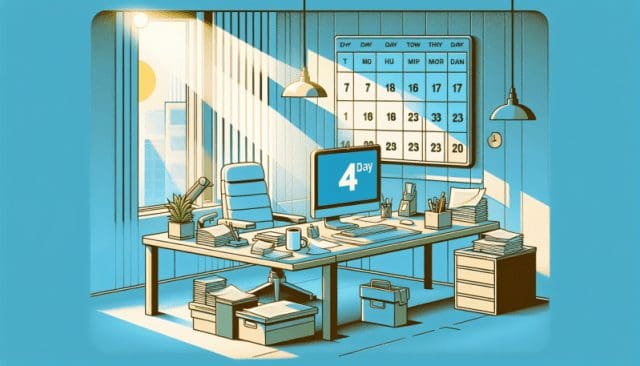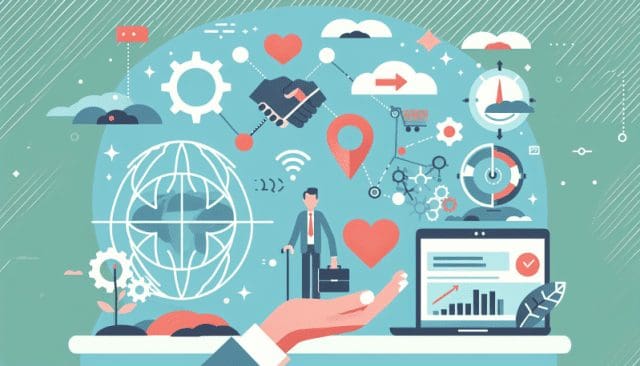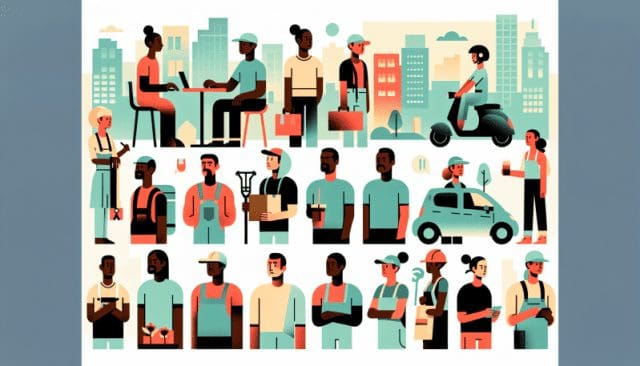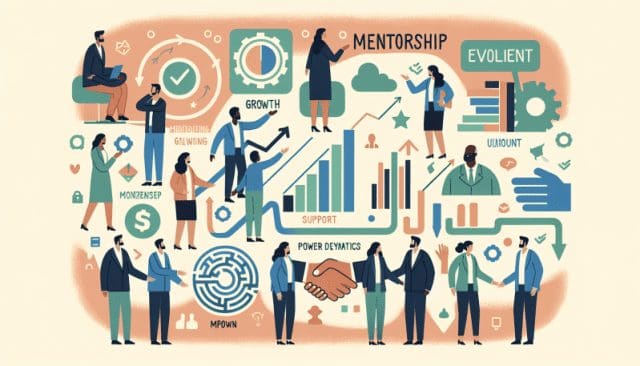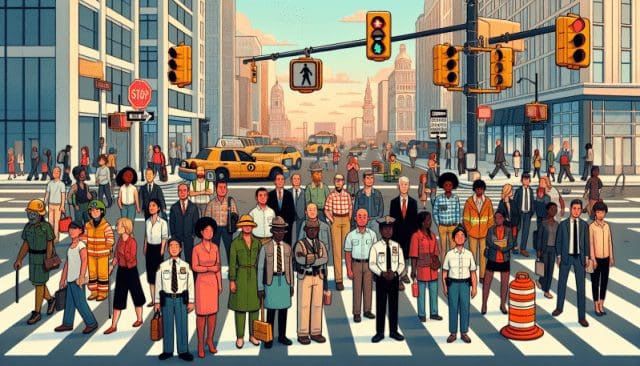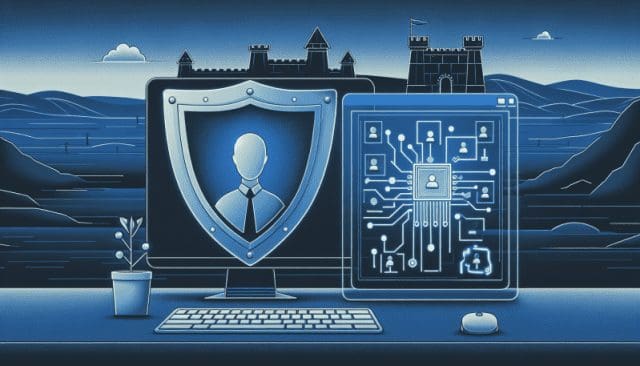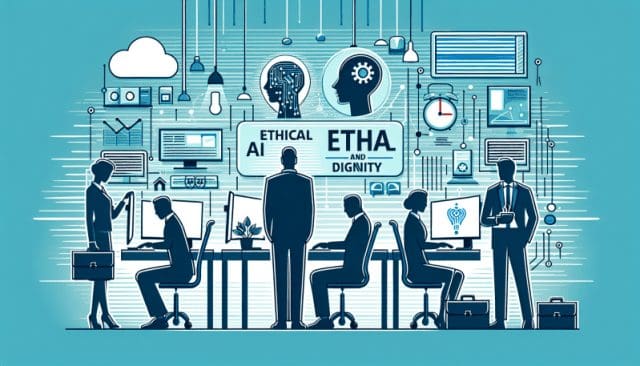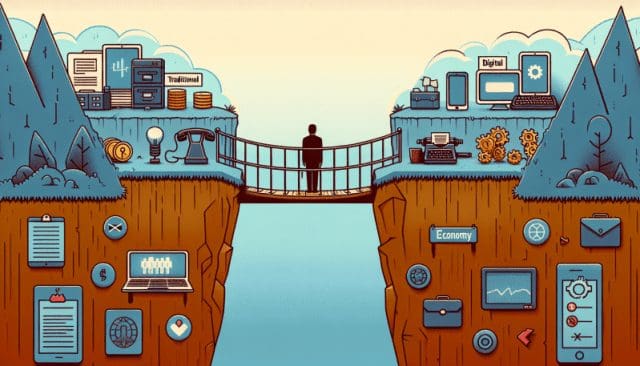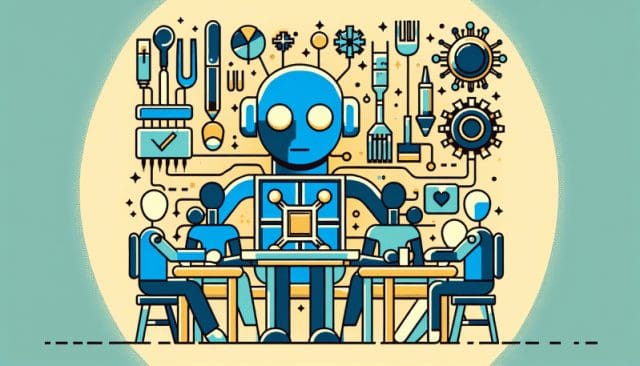The Rise of the 4-Day Workweek: Panacea for Workplace Wellness or Just a Passing Fad?
In the relentless pursuit of productivity and work-life balance, the 4-day workweek has emerged as an intriguing protagonist in the drama of modern employment. The concept, more akin to a siren’s call for the overworked labor force, promises a reprieve from the conventional 5-day grind. But is this model a beacon of workplace evolution or merely a temporary escape from the status quo?
As thought leaders in the realm of work culture, The Work Times presents a rigorous exploration of the 4-day workweek phenomenon. The journey begins with a tapestry of case studies from trailblazing companies that dared to challenge the Monday-through-Friday paradigm. From tech startups to stalwart corporates, these narratives offer a glimpse into a future where three-day weekends are the norm, not the exception.
However, the picture painted by these pioneering firms is not one of unblemished success. The scrutiny reveals a complex landscape where productivity metrics dance in a delicate balance with employee satisfaction. Testimonials from various sectors indicate a mixed bag of outcomes, with some organizations witnessing a surge in output, while others grapple with unintended consequences.
One such ramification is the condensed workload that employees must shoulder. In the quest to preserve output within a reduced timeframe, the 4-day workweek can inadvertently inflate the pressures of an already demanding job. This intensification of work raises the question: Are employees really reaping the benefits of an extra day of leisure, or are they simply cramming five days of work into four?
Additionally, the universal applicability of this model comes under scrutiny. Industry-specific challenges surface, highlighting that what may be a seamless transition for a tech company could spell operational chaos for a healthcare provider. The idea of a flexible workweek, it seems, is not a one-size-fits-all solution.
Yet, amidst these debates, the allure of the 4-day workweek endures. Its impact on company culture is undeniable, often reinvigorating a workforce with a newfound zeal for personal time and hobbies. This cultural shift, while intangible, could very well be the cornerstone of a future where employee wellbeing is paramount.
As The Work Times, we stand at the crossroads of this conversation, fostering a dialogue that extends beyond our publication. We hereby extend an invitation to our esteemed readership: Share your personal experiences and insights. Is the 4-day workweek the harbinger of a healthier work culture, or merely a transient trend? Are there alternative strategies we should consider in our quest for the optimal balance between work and life?
The answers to these questions may not be clear-cut, but they hold the key to unlocking a more humane and sustainable future for workers everywhere. The discussion is open, and the floor is yours.
















